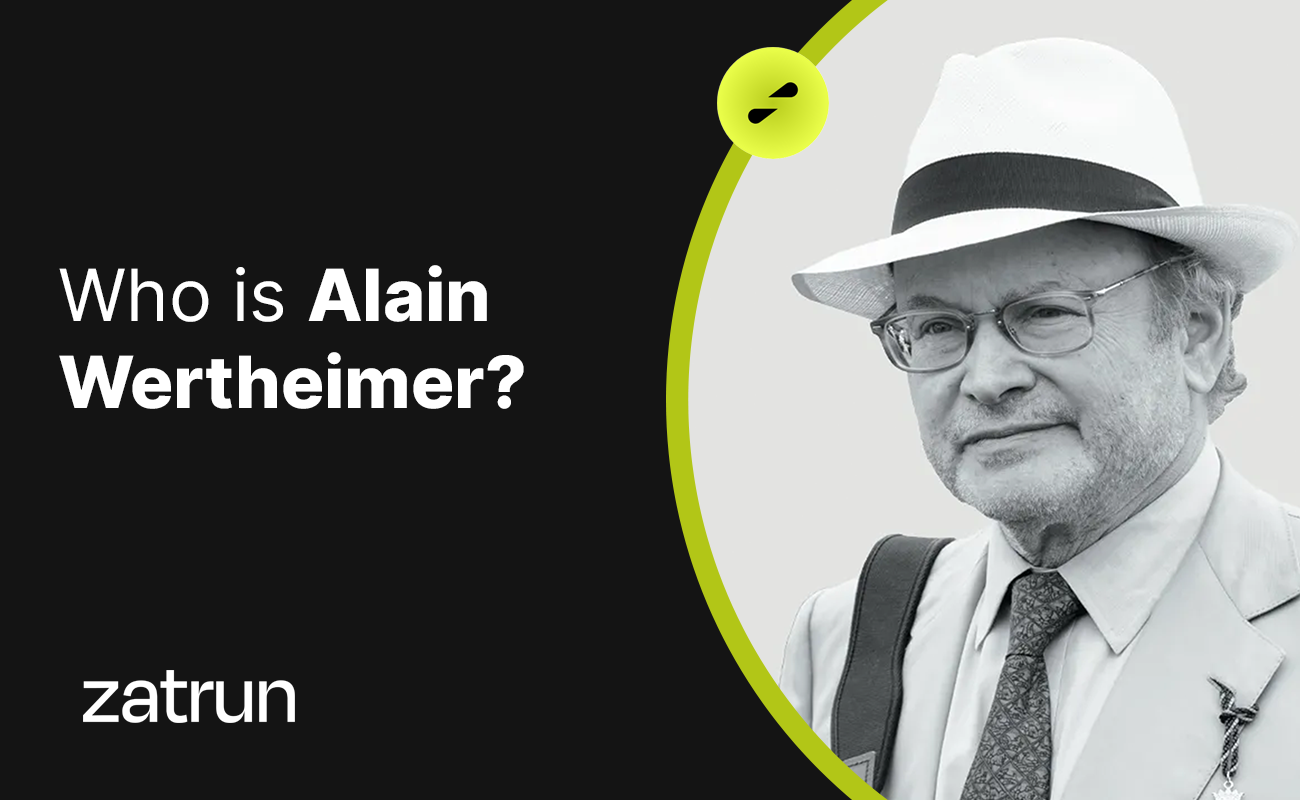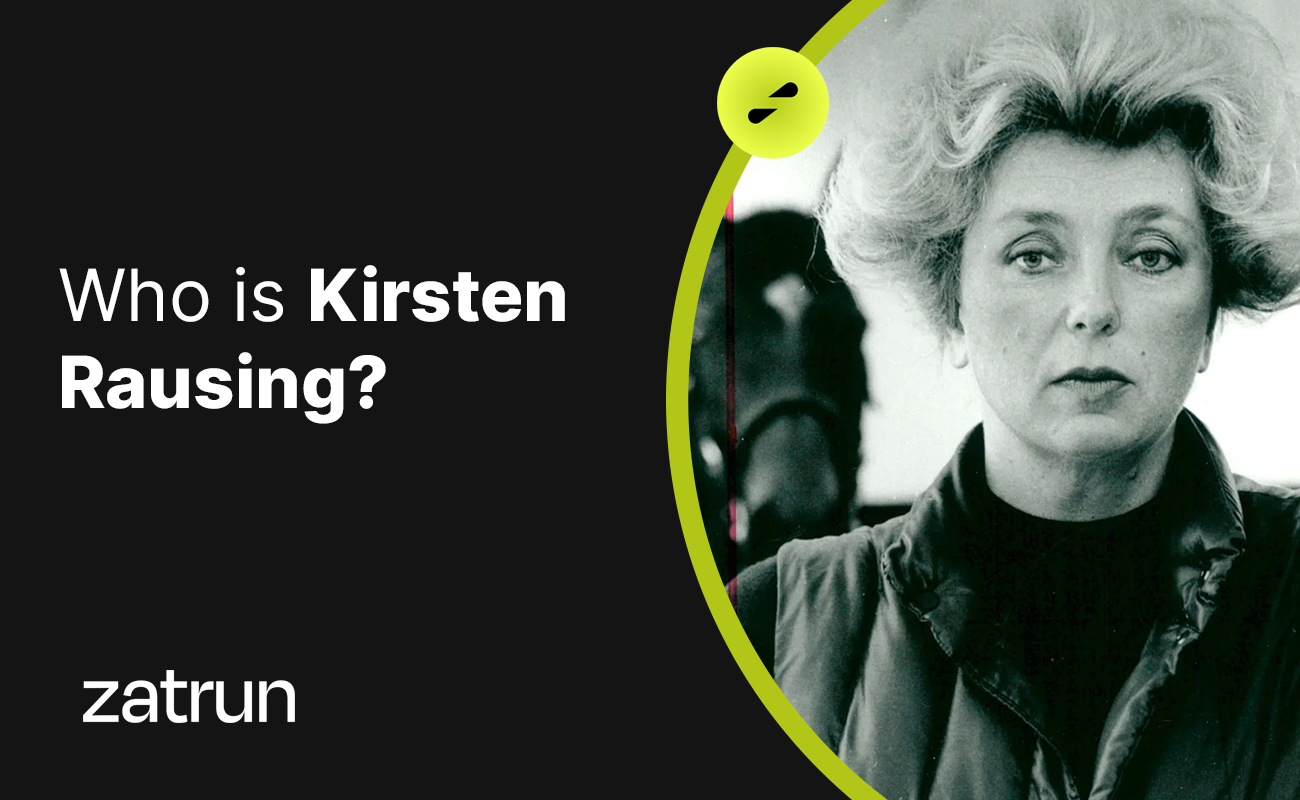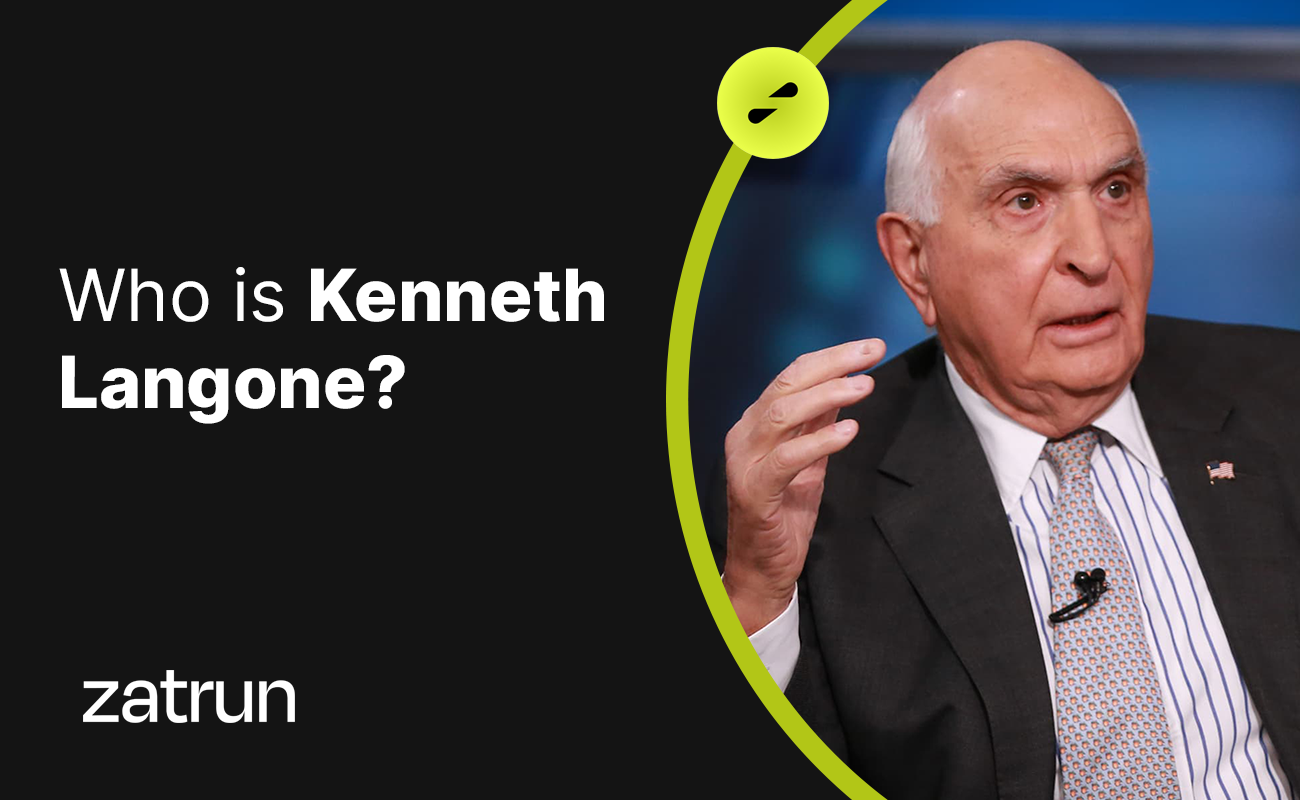In this article, titled “Who is Michal Kalecki 101: The Distinguished Economist of His Time” on Zatrun.com, we will delve into everything you need to know about Michal Kalecki, an esteemed economist of his time.
Who is Michal Kalecki?Michal Kalecki, a Polish Marxist economist, is considered as one of the most important economists of the 20th century. Throughout his life, he worked at various institutions such as the London School of Economics, Cambridge University, Oxford University, and the Warsaw School of Economics. He also served as an economic advisor to the governments of Poland, France, Cuba, Israel, Mexico, and India, as well as the Deputy Director of the United Nations Economic Department in New York.

Although some claim that Michal Kalecki discovered many of the ideas that John Maynard Keynes later developed, he is less known in the English-speaking world. He provided a synthesis that combines Marxist class analysis and oligopoly theory, and his works have had a significant impact on neo-Marxist (Monopoly Capital) and post-Keynesian economic thought schools. Kalecki was one of the first macroeconomists to apply mathematical models and statistical data to economic questions.
As a social economist and a person with leftist beliefs, Kalecki emphasized the social aspects and consequences of economic policies. He made important theoretical and practical contributions in areas such as business cycles, growth, full employment, income distribution, political cycles, oligopolistic economies, and risk. Other important areas of interest include currencies, economic development, finance, interest rates, and inflation. Kalecki was nominated for the Nobel Prize in Economics in 1970, but passed away in the same year.
Relationship, Ideas and Approaches with Economics:
Kalecki’s economic theory was based on the income cycle principle rooted in Francois Quesnay’s Physiocrats, and was more explicit and systematic than Keynes’ theory. According to this principle, income is determined by spending decisions, not by resource exchange (capital or labor). Kalecki and Keynes claimed that in capitalist economies, production and employment levels (economic equilibrium) are primarily determined by the size of business investments (an important “driver” of the business cycle), rather than by price and wage elasticity. Savings are determined by investments, not the other way around. In contrast to Ricardian, Marxian, and Neoclassical economics, Kalecki argued that high wages lead to full employment.
Money Theory:
Money theory is based on Knut Wicksell’s “business cycle theory.” Quesnay’s income cycle, which dominated the idea that prices are determined by trade decisions in the political economy of the 19th century, was abandoned, but was revived by Joseph Schumpeter, who emphasized the income cycle as a unifying factor to understand the total economic process in a given period.
The principle was again abandoned with the mainstream of neoliberalism and economic equilibrium prices. Economist Jan Toporowski said that Kalecki’s “business cycle theory” was the most serious challenge to the “general equilibrium macroeconomics” that dominated in the late 19th century. More than Keynes, Kalecki was skeptical of the business community’s support for maintaining government fiscal and monetary policies for full employment.












